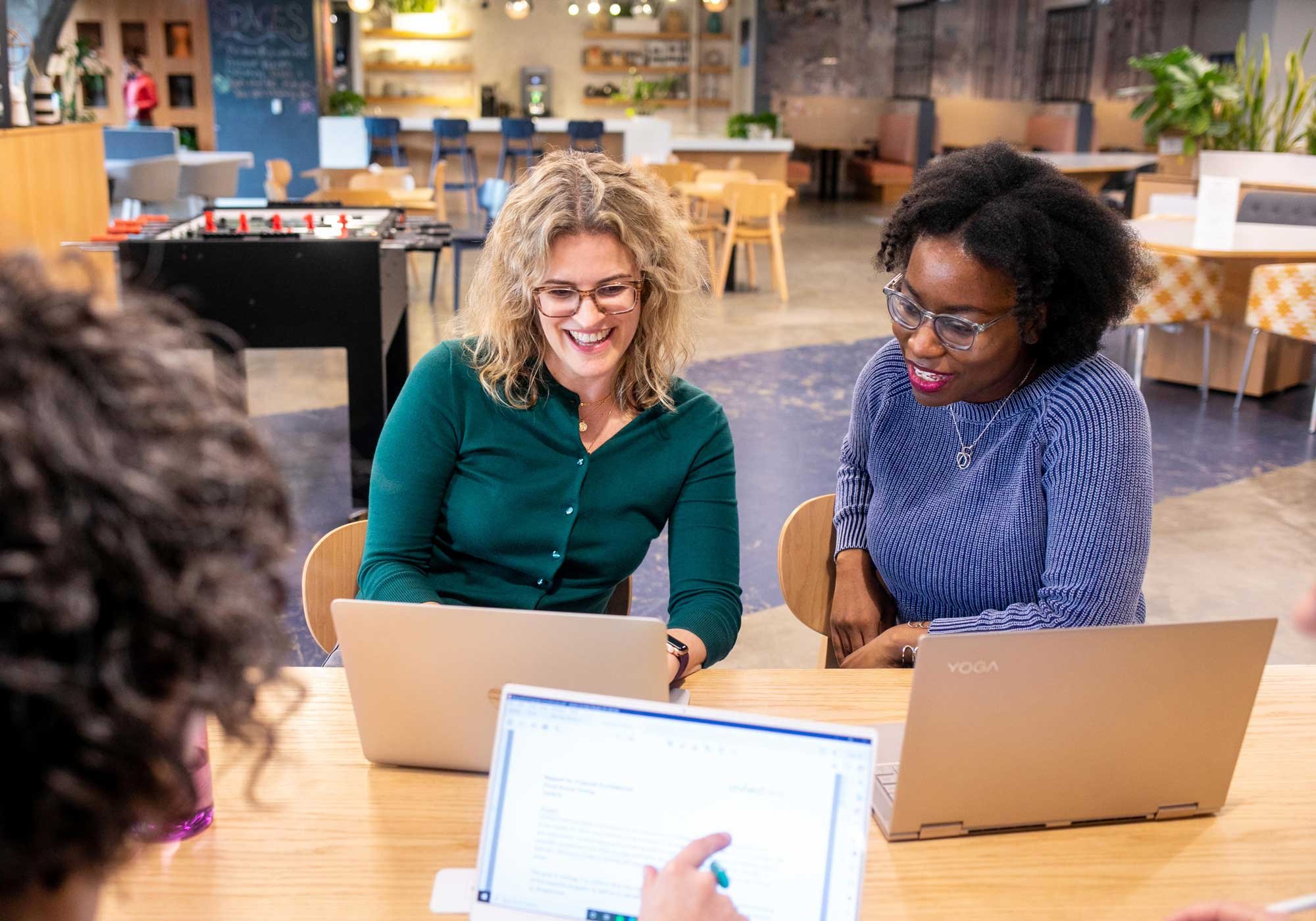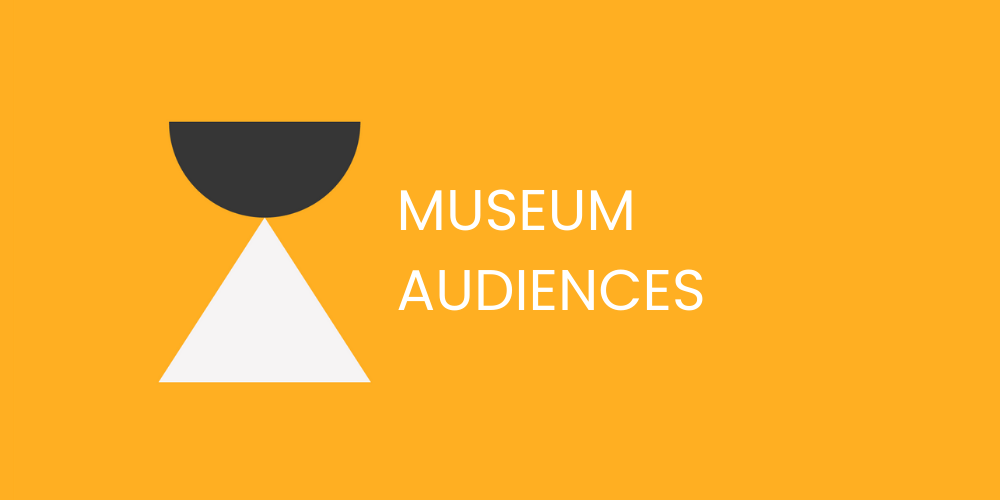
A space for our community to learn alongside us
Insights | Publications | Tools
The latest from our team
Four Steps to Confronting Orientalist Approaches in the Museum
Perhaps one of the most glaring examples of orientalism and otherization in Western art museums is the omittance of nuance, detail, and breadth in exhibitions featuring objects, art, and ideas originating from non-Western cultures. Much of this stems from orientalism. When grand art galleries have curated exhibitions with varying degrees of complexity and specificities all around European art, but just one section set aside for an exhibit that checks off the DEAI box, it is obvious that museums not only have a problem with orientalism, but that their attempts to grow beyond the confines of an imperialist and orientalist past are weak. Here are some ways for art and history museums to confront orientalist approaches when curating exhibitions and galleries on non-Western art.
An Ode to the Museum Label
After many years of appreciating from afar, I finally visited the Isabella Stewart Gardner Museum in Boston, MA, last month. Named after its founder, the Gardner Museum is a marvel of different artistic movements displayed through its collection and architecture.
Going with the Flow While Prototyping Exhibits
Over the years, I’ve had the pleasure of working with many design firms and museums to prototype early versions of new exhibits with visitors. Prototyping helps us understand what works well about an exhibit and what doesn’t, and the results guide us in refining exhibits so they are more engaging and effective. Some of my favorite examples include testing out a tactile map of a large National Recreation Area; a hands-on airplane seat-building challenge; interactives about climate change; a Sims-style urban-planning experience; and, most recently, a 10-foot tall Plinko-like game about natural resources.
Center Audiences to Find Your Purpose
When thinking about their audiences, museums too often hyperfocus on what to provide for audiences or how to attract them. They think of exhibitions, programs, marketing efforts, and membership drives. However, before jumping to what the museum plans to do or how it will do it, it’s wiser and more helpful to take a step back and consider why doing it is important and who it is for. By thinking through both the “why” and the “who,” museums can locate their purpose and make deliberate decisions with their audiences in mind, rather than heading down a rabbit hole with no clear direction.
Observing Museum Programs: A Body Based Approach | An interview with Filippa Christofalou
Observations are an important tool for evaluating museum programs from the perspective of a third party. Observations can reveal important dynamics and surprising ways a program may be addressing its intended outcomes. Observing programs in museums brings their own set of considerations, considering their logistical variations and museums’ history of exclusion.
How Do You Create Meaningful and Fulfilling Community Partnerships?
What makes a community partnership effective? How do you build genuine, reciprocal relationships with your visitors and local organizations? How do you work toward a common goal with your local community? I have been invested in these questions throughout my career—as an intern at museums and now as a researcher at a museum evaluation firm.
Why Interviewing is Essentially the Pursuit of Curiosity
As evaluators, we use many different methods to collect data, and one of the most-frequently used methods we use to collect qualitative (descriptive) data are interviews. Interviews take many forms depending on the context and project but what does not change is the essential element of curiosity that is built into the interview process.
Three Years Later: Museum Education Remains Vulnerable
In the fall of 2020, in the midst of the pandemic, Kera Collective did a small pro bono study for the Museum Education Division of the National Art Education Association, and the results were published in the Journal of Museum Education the following year. The study was initiated as layoffs were occurring across the museum field. We suspected that more museum educator jobs were being cut or reduced than other positions in museums, so we sent out a survey to educators to gather data. Our suspicions were confirmed. You can read the full results in our article but suffice it to say the data indicated:
Expanding Accessibility in Museums: A Conversation with Ross Edelstein
We recently interviewed Ross Edelstein, a pioneer in the museum industry in creating accessibility on all levels. Ross is autistic, and brings his lived experience into the lens of his work with museums and accessibility. Below are some key themes from our conversation that are great ideas to incorporate into your own accessibility work.
How We Keep Projects Organized (and How You Can, Too)
At Kera Collective, we average around 20-30 active projects at a given time, of varying size and scope. As a small team, people often ask us how we handle so much work at once. The short answer? We prioritize staying organized.
Why You Should Evaluate Your Long-Standing K-12 Museum Programs
From my years as a museum educator, I know well that program evaluation is one of those things that we know is important, but often find hard to prioritize. Program managers juggle a million responsibilities just to get a program off the ground, and it can feel overwhelming to also have to dedicate time and resources towards assessing a program’s impact once it’s running.
Reflect and Respond: Understanding Lived History Through the Lok Virsa Heritage Museum
Lina Bhatti wrote a blog post for the Association for Art Museum Interpretation (AAMI) where she delves into her experience at a folk museum in Islamabad, Pakistan.
The Benefits of Walk-and-Talk Interviews with Museum Visitors
We recently conducted an exploratory study of the efficacy of various interpretative strategies at the Denver Art Museum (DAM). Given the goals of the study, we proposed an infrequently-used method: walk-and-talk interviews.
Are You Sure That’s a Good Idea?
Museum professionals are the original content creators. They are extremely passionate and possess special knowledge and expertise. These characteristics, in combination with museums’ collections, are a perfect recipe for idea generation. I’ve been in many meetings where the energy exuding from museum professionals about potential new programs, exhibitions, apps, or other initiatives is captivating and contagious.
Expanding Accessibility in Museums: A Conversation with Finnegan Shannon
I sat down with Finnegan Shannon, a disabled artist and activist, to get a better understanding of their perspective on disability and accessibility in museum and art spaces. I was drawn to their work entitled “Do You Want Us Here Or Not” which critiqued the lack of places for rest in museums, ultimately creating inaccessible spaces. Below are a few themes we explored in our conversation.
What is Front-End Evaluation?
In evaluation, we sometimes use technical terms to describe our work. Some of the most common terms we use are those that describe different phases of evaluation: front-end (also known as concept-testing), formative research and prototyping, and summative. This post focuses on breaking down the earliest phase of evaluation: front-end evaluation. What is it? Why do we do it? When should we do it? And, what methods work best?
Can Exhibitions Really Change Visitors’ Attitudes and Behaviors?
Exhibitions are a core part of what most visitors experience when they visit museums in person. But, I often wonder, can exhibitions actually achieve some of the more lofty goals that museums might want to accomplish, such as long-term changes in visitors’ attitudes or behaviors?
What the The Art of Gathering Taught Me About Convening Focus Groups
Every gathering has the potential to be great. And anyone can learn how to “gather well.” This is the premise of Priya Parker’s 2018 book, The Art of Gathering: How We Meet and Why It Matters. As someone who plans a lot of gatherings in my personal life, I recently picked up a copy hoping to gain some insight into how I could be a better host for my friends and family.
Using Transcript Review to Acknowledge Power Dynamics in Evaluation
As a researcher for Kera Collective, I have been fascinated with the overlap between museum evaluation and my background in English literature, folklore studies, and storytelling. For me, research is storytelling. With a report, there is an author; there is a narrative.
How Time Got Away From Me, and How I Got it Back
I think about time a lot. As the owner of a small consulting company, I can’t help it. Questions like, “When do you need it?,” “Do we have time?,” or “How much time will that take?” are in regular rotation.









